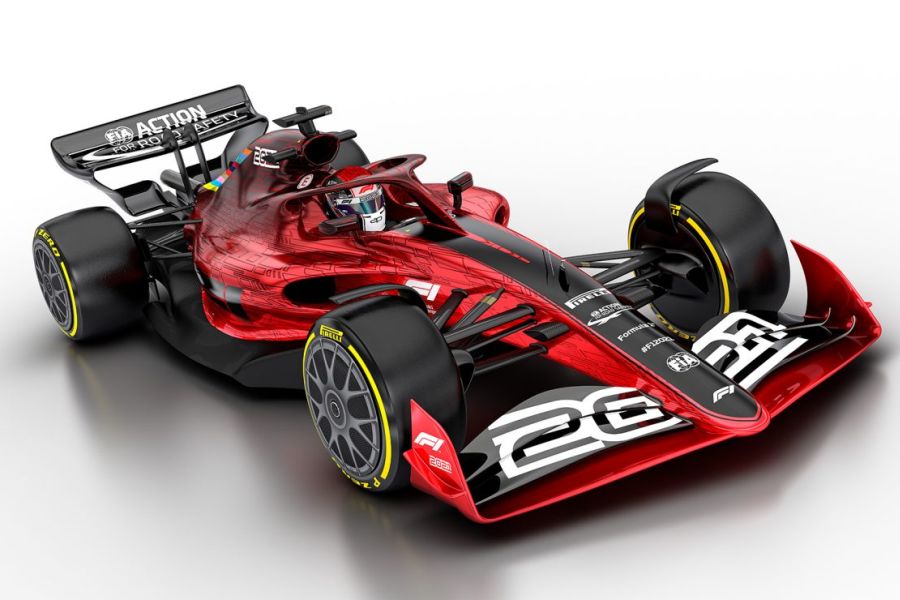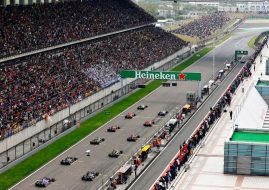The Future of Formula 1 is got to be better, they promised
The 2021 Formula One rules are finally revealed. The FIA World Motor Sport Council approved today the new set of rules for the world’s premier open-wheel racing competition, promising that better-looking cars with bigger wheels, revised aerodynamics, a new spending cap and other details will revolutionise racing and enable closer racing.
There are hundreds of pages of regulations ready for the 2021 F1 season. However, for the fans, the most interesting thing is something that they could see – new race cars.

Formula One car for 2021 season
The 2021 F1 cars will have a radical new design philosophy and striking new look – with sweeping bodywork, simplified front wings, bigger rear wings, increased underbody aerodynamics, wheel wake control devices, simplified suspension and low-profile tyres with 18-inch rims.
It’s also proposed that the wheel rims will be fitted with a rotating LED display panel, to provide information to spectators, while a bodywork display panel is also proposed for the same reason.

Radical new design of F1 cars for 2021
Everybody wanted cars that can race more closely. Key to that was finding a solution to the loss of downforce that the current cars experience when running in another car’s wake. Running in dirty air behind another car, a 2019 machine could lose more than 40% downforce.
But, with the 2021 car design, this drops to around 5-10%, with airflow coming off the new cars both cleaner and directed higher, meaning it has significantly less impact on drivers following, giving them the chance not just to overtake, but to battle.

New cars have to enable closer racing
For the first time, Formula 1 will introduce spending restrictions to make the sport fairer and more sustainable. A cost cap will be set at $175m per team, per year, and applies to anything that covers on-track performance – but excludes marketing costs, the salaries of drivers, and of the top three personnel at any team. The F1 cost cap will end the growing spending gap between F1’s big spenders and those with fewer resources, and the on-track performance differential this brings.
In addition to the new financial rules, there are some big changes to the technical and sporting regulations. Rules have been put in place to limit car upgrades over race weekends, and the number of in-season aero upgrades, reducing the costly development arms race that can result in a less competitive grid. There will also be the introduction of certain standardised parts (such as fuel pumps), parts that must have a prescribed design (such as wheel covers), and increased restrictions on the number of times some components, like brake pads, can be replaced.

New cars will use the same power units
Power units remain the same as now, but exhaust systems have been added to the list of PU components that are limited in number per season, with each driver able to use six before penalty.
Cars will 25kg heavier as a result of the new tyres, changes in chassis and PU materials to save costs, further safety measures and the introduction of standardised and prescription parts. That will make cars slower than now to begin with.
Gearbox design will be more restricted, with configurations frozen to save research and development costs. Tyre blankets, meanwhile, will not be scrapped as once proposed, instead remaining for 2021 and 2022, albeit with restrictions.
Photos: Formula 1,






